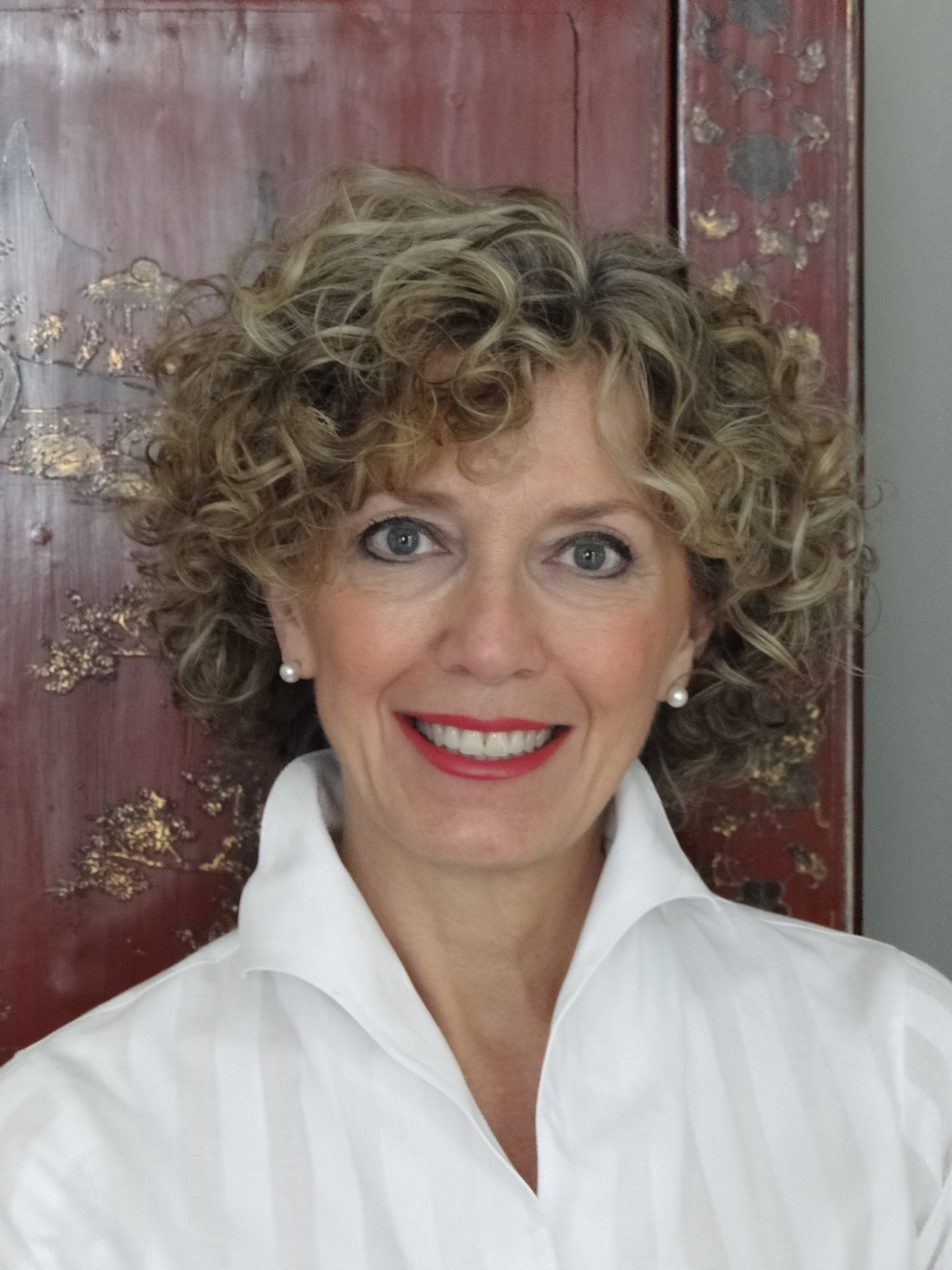It is universally acknowledged that it is important for children to see themselves reflected in the books they read. It is also important for children to read about other cultures, backgrounds, and communities. It promotes understanding, tolerance, acceptance and empathy. We all know this.
Dr. Melanie Ramdarshan Bold’s study, reported by Alison Flood in the Guardian ‘Dire Statistics Show YA Fiction Becoming Less Diverse Warns Report’ clearly shows that there are still very few Black, Asian and Minority Ethnic, (BAME), young adult writers being published in the UK in children’s fiction. The sad fact is that I am the only British Asian Young Adult woman writer with a book published so far this year. I don’t need two hands to count the number of British Asian women teen/YA writers published over the last decade.
The Centre for Literacy in Primary Education’s Reflecting Realities 2018 report highlights the fact that this dire situation exists not just in young adult fiction but right across children’s literature. It’s findings revealed that only 4% of the children’s books published in 2017 featured BAME characters, and only 1% of the children’s books published in the UK in 2017 had a BAME main character
Why, you might ask? Is there a conspiracy? Well, in a way, yes. For many years publishing houses have not made offers for books by BAME writers apart from the obligatory tick-box-one-author-a-year. I know there is no dearth of BAME writers; the dearth lies in the limited thinking of the publishing industry. Our work is often considered too high a risk to take for reasons such as: well, do BAME people even read? (yes, someone actually said that) Do they even buy books? Who even wants to read BAME stories? (unless of course they are written by established white middle class writers). These questions, usually posed at acquisition meetings by the sales and marketing teams of large publishing houses have stymied the publication of books by BAME writers.
BAME writers are required to be stand-out and exceptional – there is nothing wrong with that if that was a pre-requisite for all writers. But even if you somehow manage to leap over all the obstacles standing in your way and sign a contract with a publisher, it is still an uphill struggle to get your book known. Publishers tend to apportion most of their publicity budget to big names and celebrities. So it is left to the writer, BAME or not, to promote their work. In the mainstream press, book reviews of all children’s fiction are fewer and far between, so the press and media focus on book reviews by well known established writers with bigger publishing houses. Use a megaphone for long enough in the right ears and you may get heard if you are lucky. Personally, I’m not a fan of the megaphone.
It’s a vicious circle. It’s one that has not changed for many years. Yes, there has been some good stuff coming out of the dialogues the recent studies have instigated, but there is a lot of hot air and lip-service being paid to the problem too. And in YA, in fact, the situation has deteriorated as Dr. Ramdarshan Bold’s study has illustrated. There is little nurturing of British BAME authors, while at the same time there has been an increase in BAME books imported from the US, reflecting realities in the States and not in the UK.
In his Nobel prize acceptance speech, Kazuo Ishiguro put it well, “If we are to play an important role in this uncertain future, if we are to get the best of the writers of today and tomorrow, I believe we must become more diverse.” Like Ishiguro, I believe that it is only by truly #reflectingrealities that exist in our world today, that we can hope to overcome the sense of ‘otherness’ that constantly rears its ugly head and lets out an unholy roar unless kept in check.
Children’s literature should be crammed full of great stories – great stories for children are not just written by white people.
Savita Kalhan is the author of The Girl in the Broken Mirror, published by Troika Books 2018.

